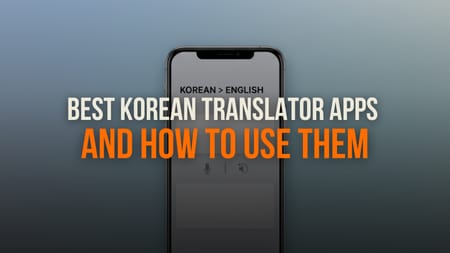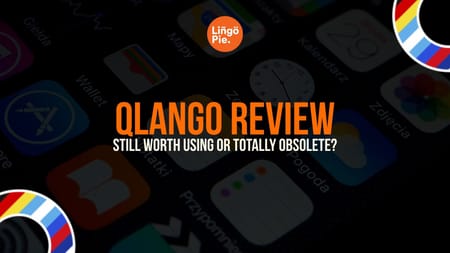
Lingopie Grammar Feature Review: How It Helps You Learn Faster [Guide]
Most people don’t struggle with grammar because they’re "bad" at languages. They struggle because grammar is usually taught in the most confusing way possible. Think long rules, charts, and terms you forget the second you close the book! Then you try to watch a show or



![Japanese Onomatopoeia: 70+ Words You’ll See In A Manga [Guide]](/blog/content/images/size/w450/2025/12/Japanese-Onomatopoeia.jpg)
![9 Funny Chinese Proverbs That’ll Brighten Your Day [Guide]](/blog/content/images/size/w450/2025/12/Funny-Chinese-Proverbs.jpg)



![Noun Gender In Spanish: Masculine And Feminine Nouns [Guide]](/blog/content/images/size/w450/2025/11/Noun-Gender-In-Spanish.jpeg)
